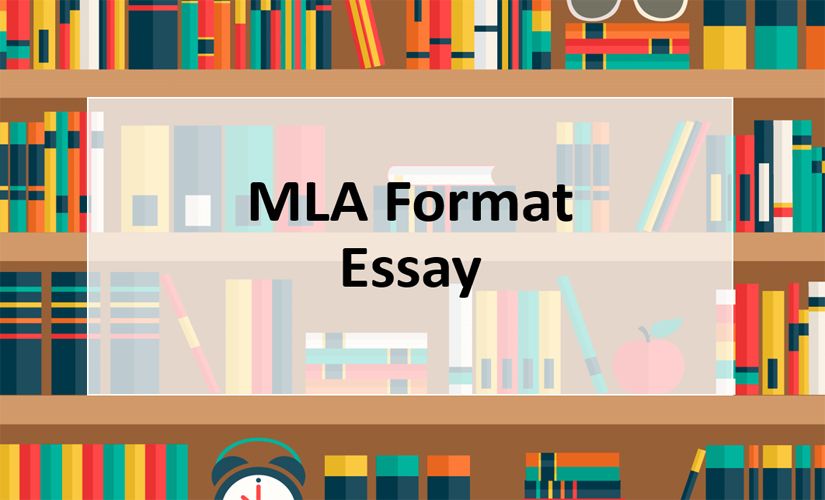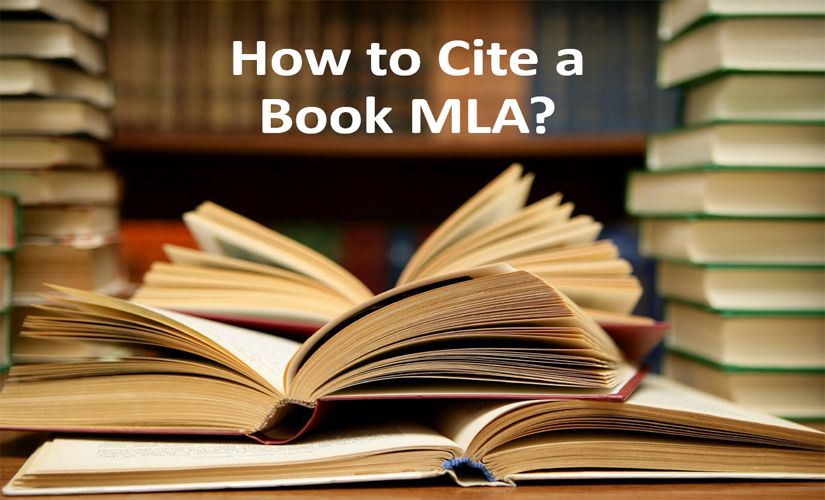The Modern Language Association (MLA) style is a documentation technique used in some academic disciplines. Basically, formatting a paper requires knowledge of the basic guidelines. In this case, people must know the basic principles of formatting a paper. Also, they must follow specific guidelines to write high-quality works. In particular, the essentials of MLA format essay focus on the first page, in-text citations, and “Works Cited.”
The First Page in the MLA Format Essay
The first page in an MLA format essay has a slightly different structure as compared to other pages. Basically, people place the author’s name, instructor’s name, course name, and date in the top left corner of the MLA title page with each detail appearing on a new line. In this case, the MLA style does not have a separate title page. Immediately after the date, authors write and center the title of the MLA format paper in the title case. Also, the title does not have any other formatting requirements, such as italicizing, bolding, or underlining. Finally, writers place a header consisting of the author’s last name and the page number in the upper right-hand section aligned with the right margin. Besides, people include page numbers in all pages. In turn, the arrangement of the various features may be altered based on an instructor’s directives.

In-Text Citations in the MLA Essay
The MLA in-text citation in the MLA format essay has a unique appearance. Basically, this feature makes them easily distinguishable from other documentation styles. Also, parenthetical citations document the name of the author of a source and page number. In this case, the MLA format essay requires the author to provide the last name of the author and a page number, for example, Jonas 234. Besides, the information provided in the in-text citations may vary insignificantly from the author-page format, depending on the source medium and available bibliographic information. In some cases, the last name of the author or page number may not be available. A shortened title of the source may occupy the author element in an in-text citation. Moreover, paragraph numbers, sections, and other locators in a source may replace page numbers.
MLA Format Essay With Works Cited
After people learn how to write a conclusion in MLA format, they document all sources at the end of the essay in a list that is titled “Works Cited” for the MLA citation. In particular, they are required to follow nine general elements for a complete entry in the reference list: author, the title of the source, title of container, other contributors, version, number, publisher, publication date, and location. Basically, authors should attempt to identify these elements for each source used in the MLA format essay. If any element is not available, it is excluded from the entry. The author’s surname, the title of the source, and location are followed by a period while the remaining elements are punctuated using commas. In this case, the nature of these elements is contingent on the medium of the source. The general formats for the MLA Works Cited of books, journals, and webpages are:
Book:
Author. Book’s Title. Publisher, Date of Publication.
Journal:
Author. “Article’s Title.” Journal’s Title, volume, issue, Date of Publication, pages. Name of Online Database, digital object identifier or doi for the MLA format essay.
Webpage:
Author. “Webpage’s Title.” Website’s Name. Publisher, Date of online publication, uniform resource locator. Date of Retrieval.
Conclusion
The MLA format essay has specific guidelines for in-text citations and reference list entries. Also, there is a relatively rigid arrangement for features on the first page. In turn, people also should know how to do MLA format, how to cite in MLA format, or check the MLA format example.


